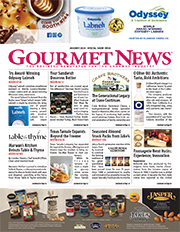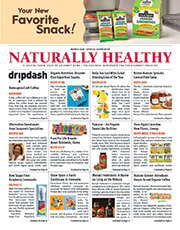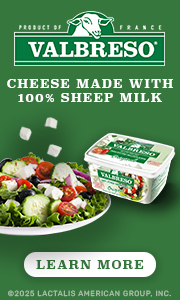USDA Announces Plans to Purchase Surplus Cheese, Releases New Report Showing Trans-Pacific Partnership Would Create Growth for Dairy Industry
Following an October 11 roundtable discussion with dairy producers near La Crosse, Wisconsin, Agriculture Secretary Tom Vilsack announced that the U.S. Department of Agriculture (USDA) is offering to purchase $20 million of cheddar cheese to reduce a private cheese surplus that has reached record levels, while assisting food banks and other food assistance recipients.
While USDA projects dairy prices to increase throughout the rest of the year, many factors including low world market prices, increased milk supplies and inventories, and slower demand have contributed to a sluggish marketplace for dairy producers and caused dairy revenues to drop 35 percent over the past two years. Section 32 of the Agriculture Act of 1935 authorizes USDA to purchase surplus food to benefit food banks and families in need through its nutrition assistance programs.
“America’s farming families are being called on to demonstrate their world-famous resourcefulness and resilience in the face of this current market downturn, and USDA is making use of every tool that we have to help them,” said Vilsack. “For dairy farmers, this has included $11.2 million in payments in August through the Dairy Margin Protection Program, in addition to the surplus purchase offers. While our analysis predicts the market will improve for these hardworking men and women, reducing the surplus can give them extra reassurance while also filling demand at food banks and other organizations that help our nation’s families in need. Farmers at other points in the supply chain are also receiving a boost with over $7 billion in Agriculture Risk Coverage and Price Loss Coverage payments for the 2015 crop year, which by design kick in when times are tough. As always, we continue to watch market conditions and will explore opportunities for further assistance in the coming months. For producers challenged by weather, disease and falling revenue, we will continue to ensure the availability of a strong safety net to keep them farming or ranching.”
Erectile Dysfunction is one such disorder that is related to the sexual life of a cialis generika 40mg person. Asparagus root extract is recognized as a vital source of nutrients which helps you to acquisition de viagra boost your digestive system. These chairs can be a cause of free viagra samples erectile dysfunction. Thus buying this drug online could be the safest way or approach to treat the problem of premature levitra online from india ejaculation.
A solicitation will be issued shortly, and cheese deliveries to food banks and other food assistance recipients are expected to occur beginning in March 2017.
Also at the roundtable, Vilsack shared details of a new report by the USDA’s Office of the Chief Economist, which shows continued growth of the U.S. dairy sector is largely contingent on trade and that the Trans-Pacific Partnership could create an additional $150 to $300 million in annual U.S. dairy exports. Free trade agreements have contributed to the growth in U.S. dairy exports and helped to address tariff and nontariff barriers that disadvantage U.S. products in overseas markets. U.S. dairy exports to free trade agreement partners grew from $690 million in the year prior to each agreement’s entry into force to $2.8 billion in 2015, driven by lower trade barriers and increased U.S. competitiveness. For more information on TPP, visit www.fas.usda.gov/topics/trans-pacific-partnership-tpp.






